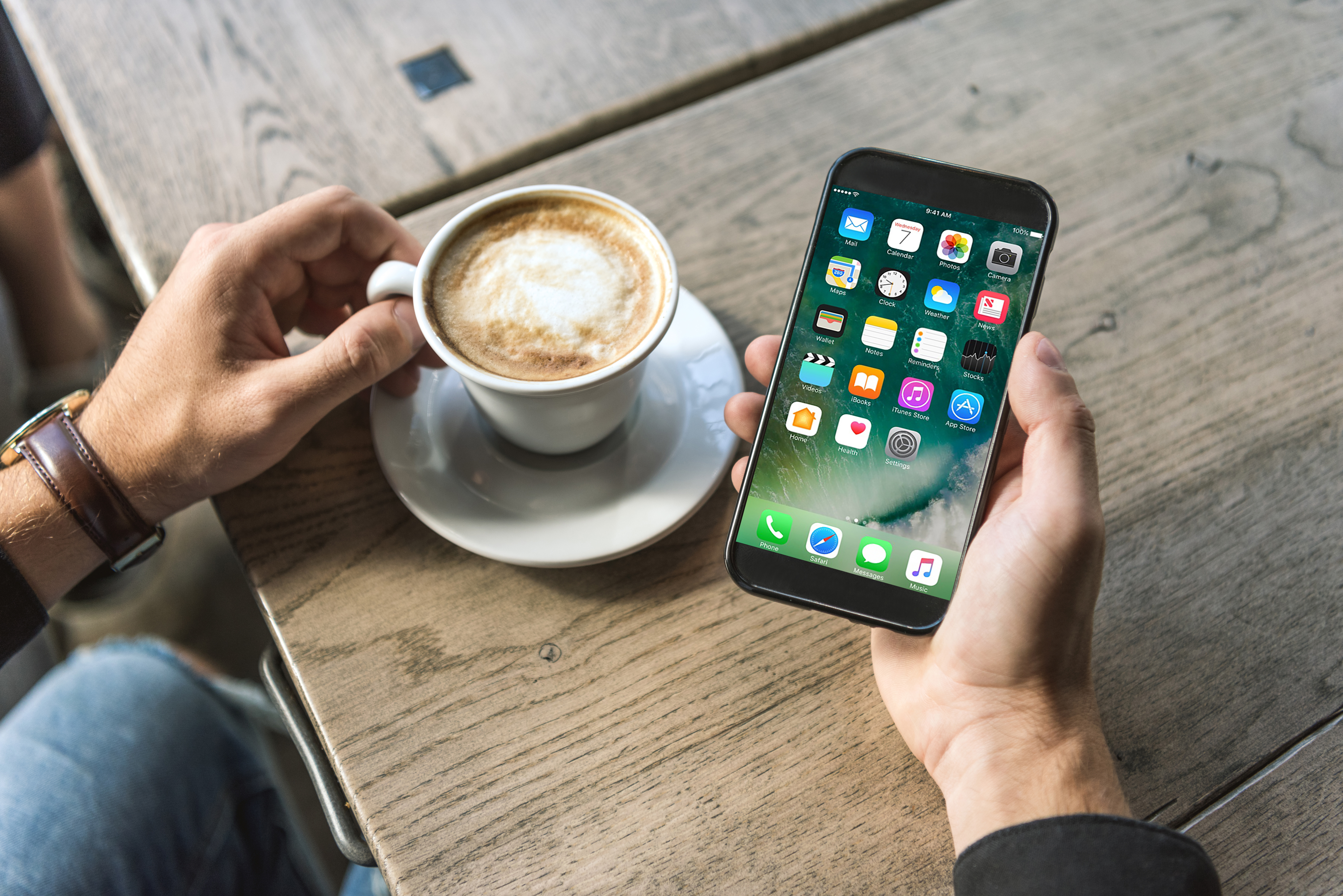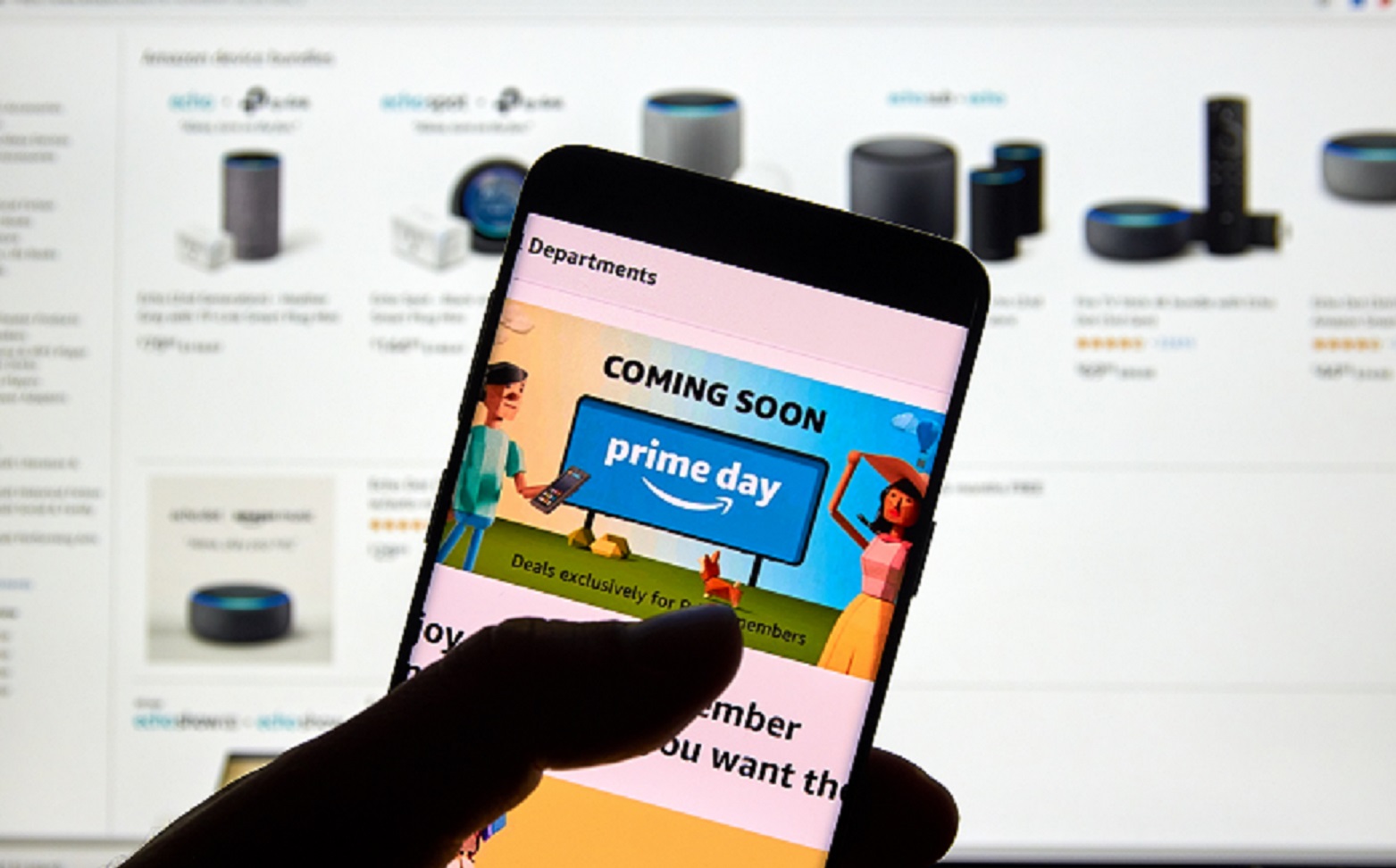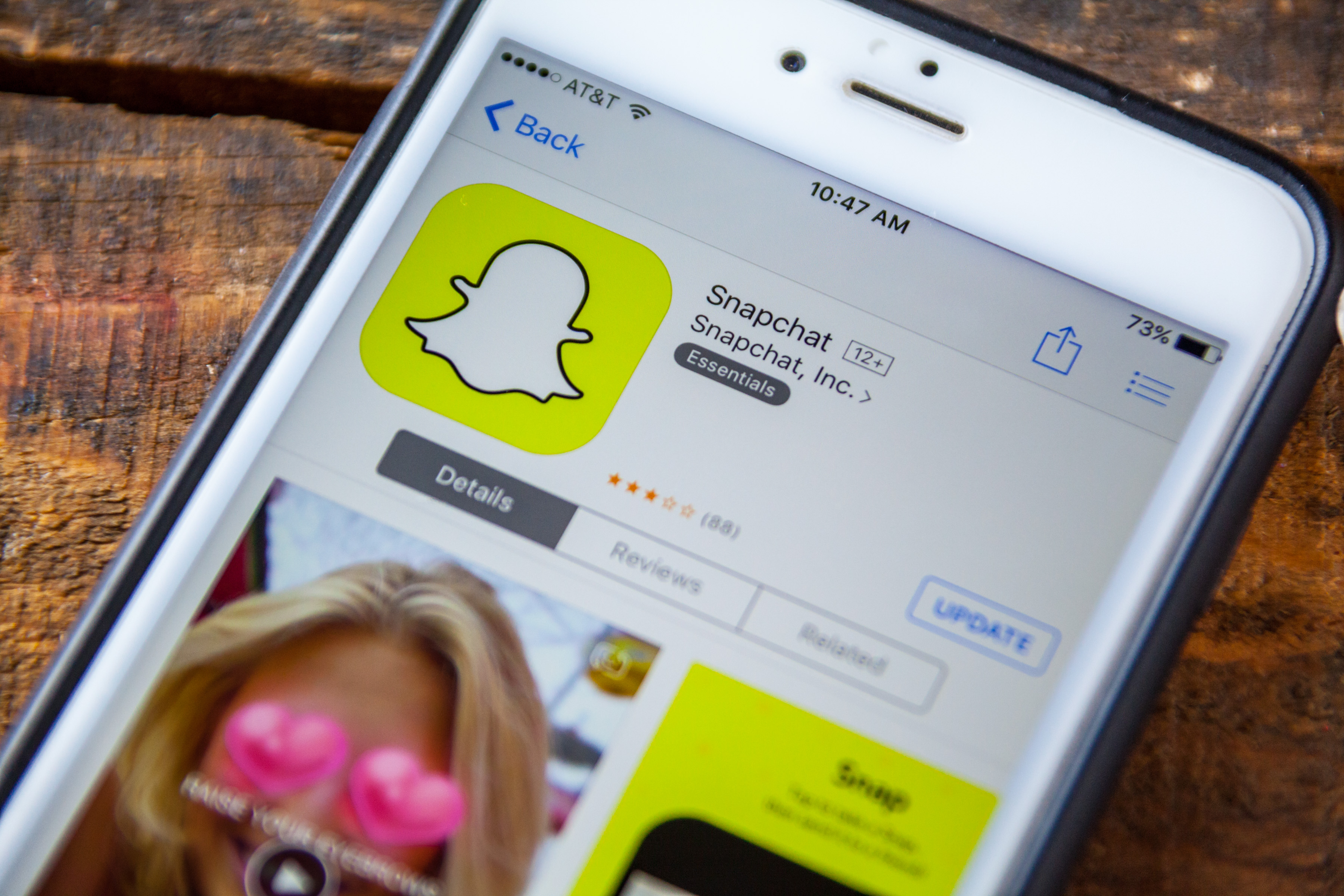3 Ways to Boost Organic App Retention

June 24, 2019 | Article written by Naomi Rabbie
Retention is perhaps the strongest indicator of an app’s health and future success. While you may hit tens of thousands of downloads, none of it matters in the end if you can’t keep those users engaged.
The statistics paint a pretty bleak picture: One in five users will never launch a mobile app again after a single session. After one month, 55% will abandon an app after downloading it, and that number jumps to 68% after three months.
So what’s an app marketer to do? We’ve outlined a few strategies below that will help your app stand out on users’ screens, organically boosting retention rates and saving your app from dreaded deletion.
1. Push It Real Good
Push notifications are an effective tool for reminding users to interact with your app consistently, but there’s a right way and a wrong way to use them. No one knows this better than Apple.
While push notifications remain on Android lock screens, the same notifications disappear after unlock on iOS devices. Mobile engagement platform Localytics credits Apple’s superior user experience with achieving greater opt-in rates. And those opt-ins are, in part, responsible for higher retention, Localytics says: iOS app abandonment has decreased from 26% in 2015 to 19% in 2018.
It turns out that only 8% of users abandon apps after the first session if push is enabled. Localytics also found that nearly half of users will use an app 11 or more times if they have opted in to push notifications.
While Android’s option to auto-enable push notifications may be tempting, the stats prove it’s never a good idea to bombard users with unwanted texts. Work to get users to opt-in organically, and you’re sure to see the long-term payoff in terms of retention rates.
2. Get Personal
Speaking of bombardment, there’s more to sending a good push than getting the opt-in. It all comes down to personalizing your messaging.
According to that same Localytics study, marketers who segment their audiences see better engagement with their push notifications. Segmented pushes get twice as many opens and three times as many conversions as simple broadcasts.
Unsurprisingly, retention rates follow suit. Apps with a majority of targeted campaigns have only a 20% abandonment rate after one use compared to a 31% abandonment rate for apps with majority broadcast campaigns.
Protecting privacy is key, of course, and you’ll need to walk a fine line when showing interest in your users’ habits and demographics. But, if you do it right, you can deliver the right message to the right users at the right moment. By making the most of data-driven personalization, users will see the inherent value of returning to your app over and over again.
3. Reward Good Behavior
Think Apple Pay is the leading mobile payment app? Think again! Starbucks is leading the way, thanks in large part to rewards. Starbucks is capitalizing on its robust loyalty program, the most regularly used loyalty rewards app out there among major restaurant chains.
But while Starbucks is bringing app users back with offers of free coffee and cake pops, we know it’s not feasible for every app to offer something quite so physical. That’s where gamification comes in, a market that reached $5.5 billion globally last year.
Users love seeing real-time feedback, and rewards like points, stars, and trophies will do the job just fine. It’s the mechanism that makes the Nike+ running app so popular, along with a host of diet, fitness, and business coaching apps, not to mention mobile games themselves. Gamification, though, can be applied to just about any type of app you choose.
So get creative with rewards, whether physical or digital, in order to build loyalty among app users. The pull for users to accumulate points is hard to resist, and your retention rates will thank you.
Getting the downloads is just half the battle, but the right communication and loyalty plan can optimize your retention to take you the rest of the way to app success. Want to learn more strategies for making the most of your app marketing? Contact us at info@taptica.com.


